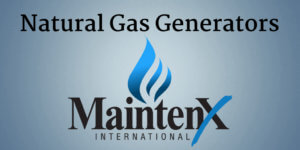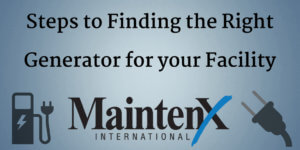
New structures are often visually appealing, energy-efficient, and well-designed for those who live and work within their walls. The building designers and architects can take pride in the realization of their designs, and city leaders can boast about welcome new additions to their community.
Behind the Scenes
It doesn’t get as much fanfare, but a whole system of technicians and other workers must maintain the building, keeping it in working condition for 40, 50 years or longer. And these two parts of the equation are often not considered fully. So what’s the best solution to this problem? Integrating the vision of a building’s designers with the technical necessities required to keep your office building, apartment complex, or trade center beautiful and functional for many years to come.
Funding
It’s a simple truth that maintenance budgets are “un-sexy” and therefore often quite slim.
So it should be no surprise that maintenance facility operators are put under a lot of pressure to reduce costs and cut corners. But what building owners and builders often don’t know is that sustainable maintenance design can reduce long-term energy costs as well as the building’s carbon footprint.
Let the Sun Shine In
Utilizing natural light in building design gives the people who live and work within it beautiful views of the outside, which improves work performance and general employee (or tenant) satisfaction—all while reducing a structure’s energy costs.
Buildings are intricate and complicated, but their design and construction have a major impact on their lifespan and efficiency. Taking future maintenance and restoration into account can mean lower costs, a smaller impact on the environment, and a long, vibrant life for the structure and its inhabitants.










